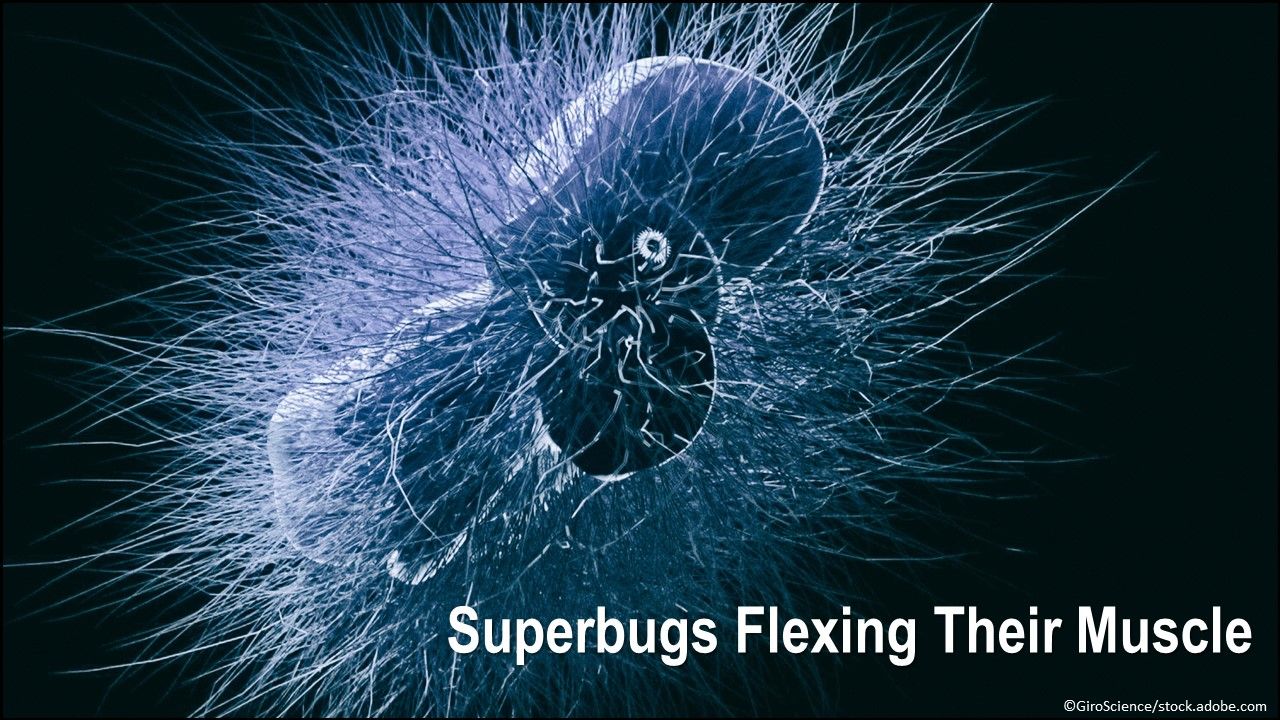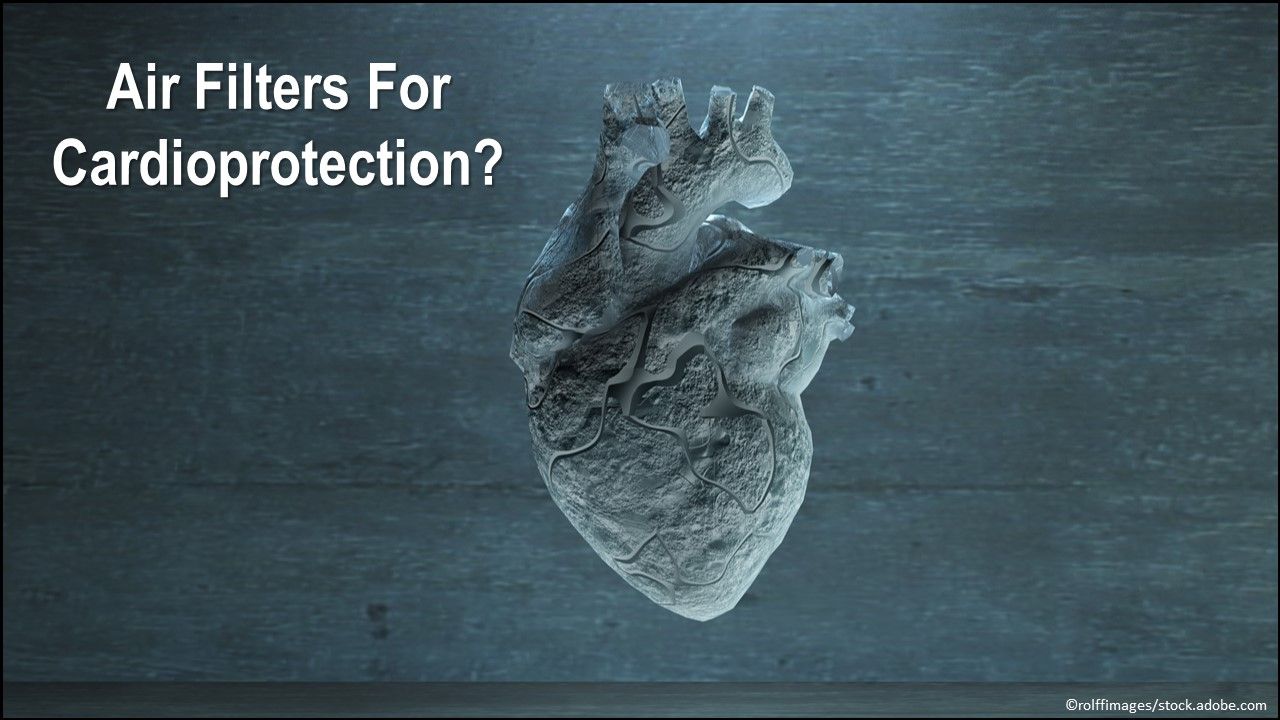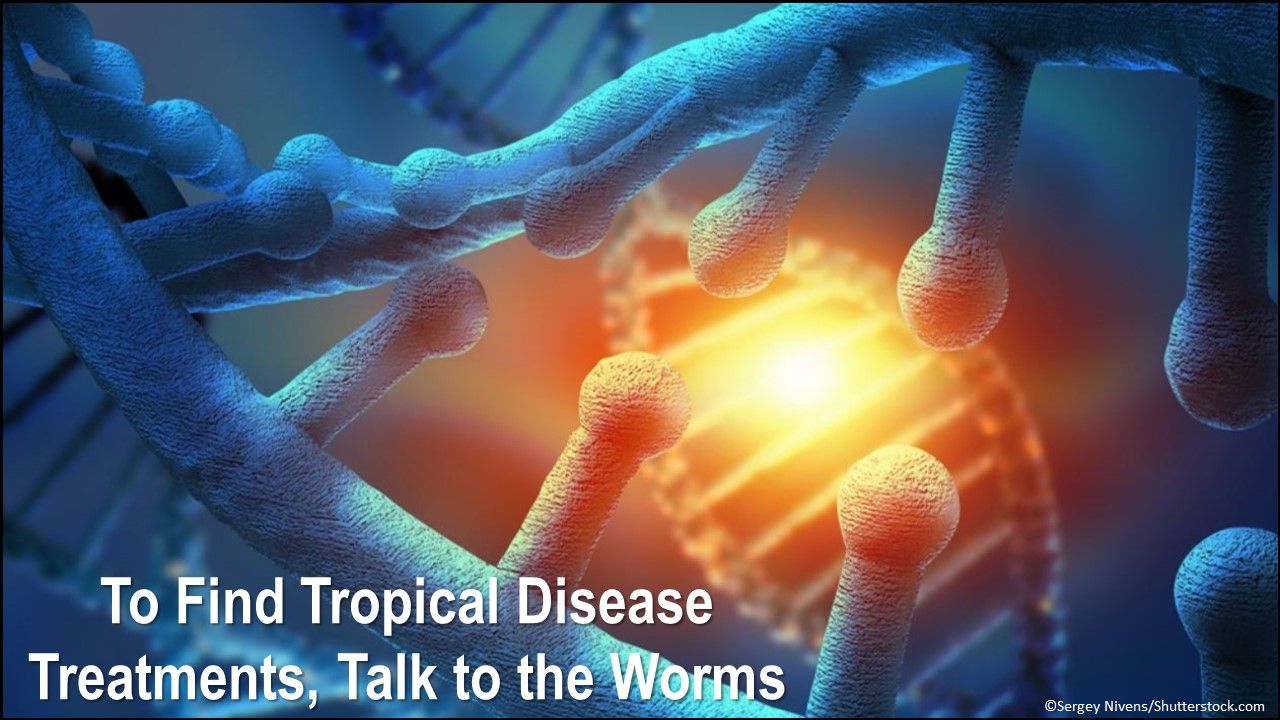© 2025 MJH Life Sciences™ , Patient Care Online – Primary Care News and Clinical Resources. All rights reserved.
Slightly Strange Medicine: 10 New Findings That May Shock
Air filters for cardioprotection, the growing menace of superbugs, and 8 other new findings in medicine that may shock you.

Superbugs flexing their muscle. In the first study to estimate the burden of all types of infections with antibiotic-resistant bacteria expressed in disability-adjusted life-years (DALYs), the DALYs per 100â000 population for antibiotic-resistant bacteria infections approximated those of influenza, tuberculosis, and HIV combined. All age groups in the European study were affected by antibiotic-resistant bacteria infections. Drug-resistant bacteria killed 33 110 persons in the European Union in 2015.

Air filters for cardioprotection? Because fine particulate matter (<2.5 μm) (PM2.5) air pollution is a major risk factor for cardiovascular morbidity and mortality, researchers tested the cardioprotective benefits of portable air filtration systems. Short-term use of these systems reduced personal exposures to fine particulate matter and systolic blood pressure in senior citizens living in a low-income residence. They concluded that the air filtration systems may be cardioprotective against PM2.5 exposures.

Natural killer cells, obesity, and cancer. The notion that obesity can cause cancer is well known, but not all the reasons why. So researchers exploredthe impact of obesity on immunosurveillance-looking for and recognizing precancerous and cancerous cells. They found that obesity induces robust peroxisome proliferator-activated receptor-driven lipid accumulation in natural killer cells and thus impairs immunosurveillance. Metabolic reprogramming of the cells may improve cancer outcomes in obesity.

For healthier eating, yes, double the portions. Contrary to the standard wisdom that healthful eating means eating less, researchers found better results with eating more. In experiments in France, they encouraged consumption of healthy foods (carrots and apple chips) by offering them in larger portions. Doubling portions increased consumption of both healthy and unhealthy snacks, so they recommended this approach: Offer large portions of healthy food first, followed by small portions of less healthy food.

Is there fire where there’s no smoke? Adolescents may use e-cigarettes to reduce cigarette use, but do they actually lead to more frequent cigarette use? Among baseline never smokers, e-cigarette users had greater odds of subsequent experimental, infrequent, or frequent cigarette use and many remained exclusive cigarette users or used both products. To prevent progression to more frequent tobacco use, researchers suggested interventions to reduce adolescent use of both cigarettes and e-cigarettes.

Blood pressure reduction seen in a new light. High blood pressure remedies include weight loss, regular exercise, reducing sodium intake, and now-perhaps-exposure to blue light. In a recent study, this exposure significantly decreased systolic blood pressure and increased heart rate compared with a control. Blue light increased forearm blood flow, flow-mediated dilation, circulating nitric oxide species, and nitroso compounds and decreased forearm vascular resistance and pulse wave velocity.

To find tropical disease treatments, talk to the worms. More than one-fourth of humans have parasitic nematode (roundworm) or platyhelminth (flatworm) infections, which typically are chronic and lead to pain, malnutrition, physical disabilities, delayed development, and deformity. In a broad comparative study of 81 genomes of parasitic and nonparasitic worms designed to prevent and treat these diseases, researchers identified and prioritized several potential new drug targets for testing.

Taking out appendix has neurologic benefits. Removal of an appendix decades before the onset of Parkinson disease is associated with a lower risk of the condition, particularly for persons who live in rural areas. Appendix removal also delays the age of Parkinson onset. Researchers noted that the pathogenesis of Parkinson involves accumulation of aggregated α-synuclein, which has been suggested to begin in the gastrointestinal tract.

Cut hepatitis C treatment by half. The standard 12-week direct-acting antiviral treatment regimen for patients with hepatitis C could be shortened to as little as 6 weeks in 50% of patients, saving on costs without compromising efficacy. In a proof-of-concept pilot study, researchers showed that to reduce treatment times, a personalized medicine technique, modeling-based response-guided therapy, is feasible.

Man with PTSD’s best friend. Military veterans with post-traumatic stress disorder may feel significant positive psychological and physiological effects on their well-being from-in combination with usual care-their service dogs. Having a service dog had a significant main effect on salivary cortisol awakening response and arousal-related functioning. Veterans who had a service dog reported significantly lower anxiety, anger, and sleep disturbance, as well as less alcohol abuse vs those who did not.
The book Strange Medicine describes a wealth of strange but true facts and practices from the history of medicine, not the least of which the ancient use of electric eels to cure gout and the more recent invention of electroshock pig-brain therapy.Far less strange, but perhaps a bit offbeat or at least unexpected, are the findings and discoveries of several recent medical studies, including the growing menace of superbugs and the use of air filters for cardioprotection.Click through the slideshow below to find concise summaries of the latest developments in slightly strange medicine.

